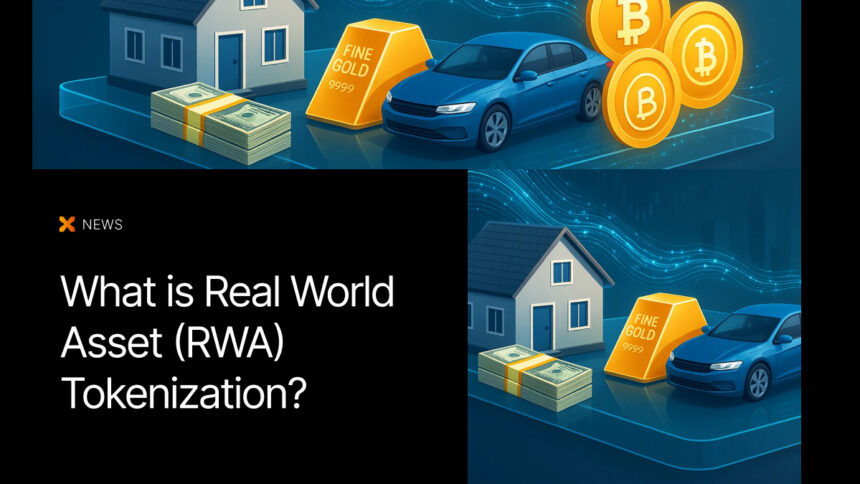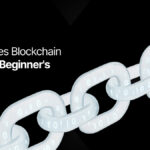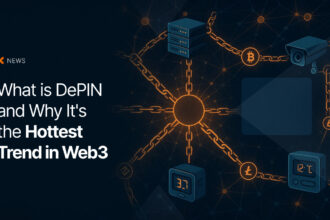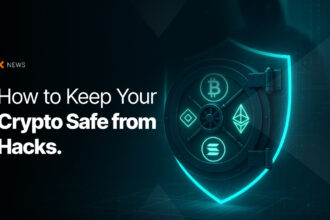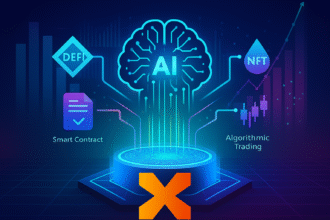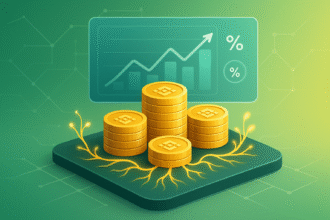Blockchain technology is changing a lot of things in the financial world. One of the methods that blockchain technology made possible is tokenization of physical assets. Real World Asset (RWA) tokenization is about turning material things into digital tokens, which can be owned, bought and sold. In this post, we are going to break down what RWA tokenization means, why many people are interested in it and what potential risks it may have.
What Does RWA Tokenization Mean?
Simply put, tokenization is taking a physical asset and creating a digital representation of it, called a token, on the blockchain. This token acts like a digital certificate of ownership. For example, instead of owning a whole house, you could own a digital token that represents a small part of that house.
Many people are interested in turning physical assets into digital tokens for various reasons. One major advantage can be fractional ownership. Tokenization allows an asset to be broken into smaller pieces, so instead of needing a lot of money to buy an entire property or artwork, you can buy just a small share.
Another important reason is that tokenization makes buying and selling assets easier and faster. Normally, selling something like a house or a piece of art can involve months of paperwork, inspections and fees. But when the asset is tokenized, these transactions can happen digitally, often in a matter of minutes or hours. This simplification could open up markets to more participants.
Finally, the use of blockchain technology adds a layer of trust and security. Because all transactions and ownership records are stored on an immutable digital ledger that everyone can see, it reduces the chances of fraud or disputes. This transparency helps both buyers and sellers feel safer when trading.
Examples of Tokenized Assets
Almost anything you can own could, in theory, be tokenized. Here are some popular examples:
- Real Estate: Apartment buildings, commercial spaces or land can be divided into tokens that investors can buy or sell.
- Art and Collectibles: Paintings, rare coins or vintage cars can be turned into tokens representing shares of ownership.
- Precious Metals: Gold or silver can be tokenized so you can buy small amounts without having to store the physical metal.
- Financial Products: Bonds or stocks can also be represented as tokens to make trading more accessible.
Challenges and Risks to Consider About RWA Tokenization
Despite many potential benefits that RWA tokenization can offer, this method may still face significant challenges. One big hurdle is the legal and regulatory environment. Laws around tokenized assets vary widely across countries and are still evolving. This creates uncertainty for both companies issuing tokens and investors buying them.
Another challenge is gaining market acceptance. For tokenized assets to be truly liquid, there needs to be a large pool of buyers and sellers. Without enough participants, trading can be slow or prices might not reflect true value.
Security is also a concern. While blockchains themselves tend to be secure, the platforms and smart contracts built on top can be vulnerable to hacks or technical bugs. Protecting investor assets is crucial but not always guaranteed. Valuation can be tricky too. Some tokenized assets, especially unique or niche ones, might be hard to price accurately. This could cause confusion or unexpected swings in value, which might make investors nervous.
Lastly, many potential users face a learning curve. Managing digital tokens requires some technical know-how and comfort with digital wallets and blockchain technology. Until the ecosystem becomes more user-friendly, this could slow down wider adoption. Basically, RWA tokenization is a method that is used by a lot, but with various risks to consider.
If you are interested in checking out more crypto news and guides, take a look at ICOPAX News Page!


